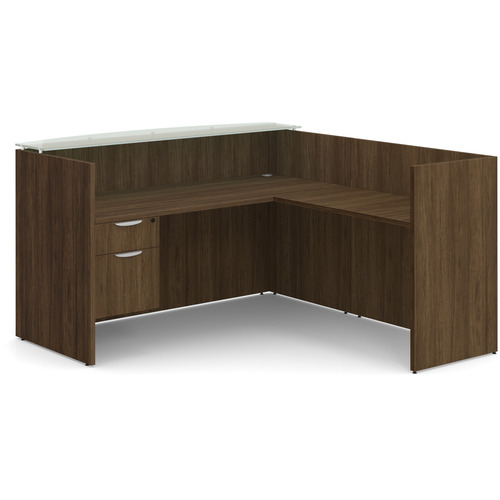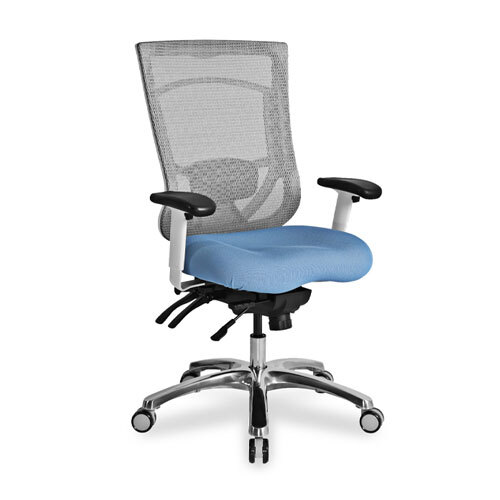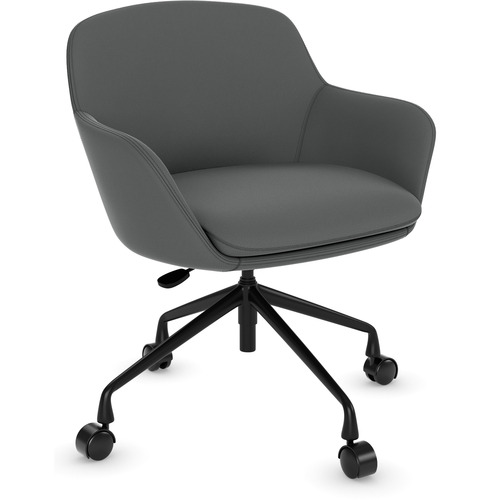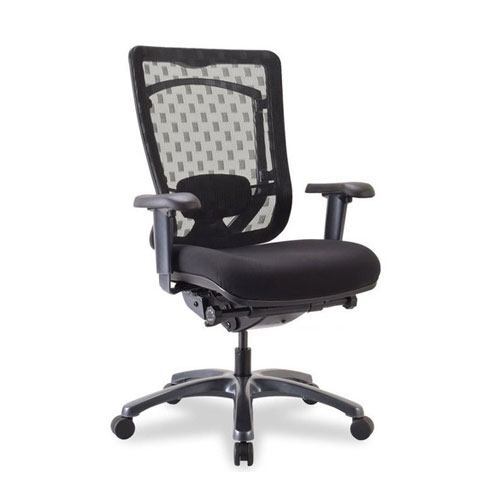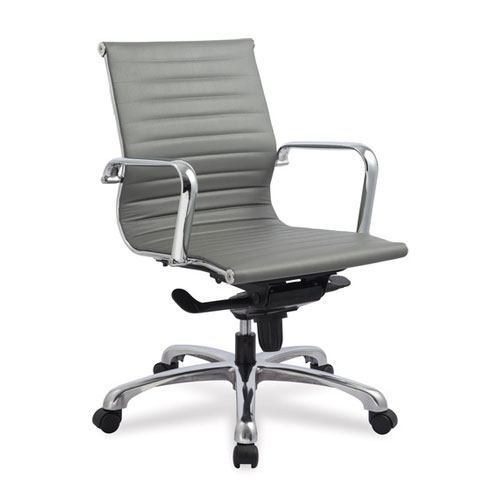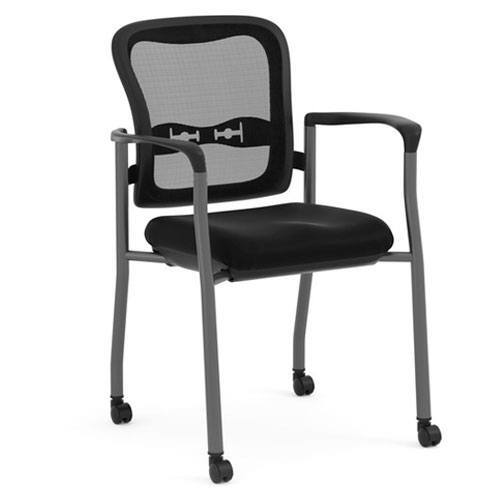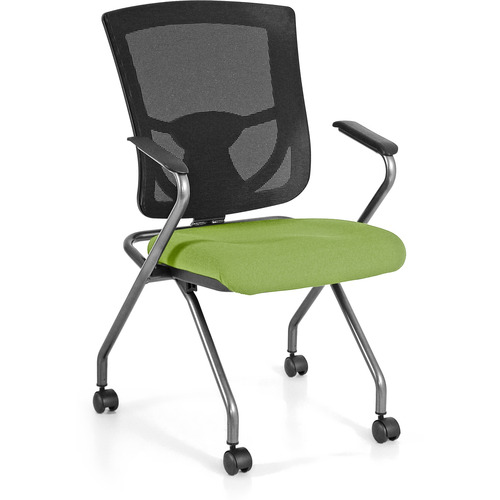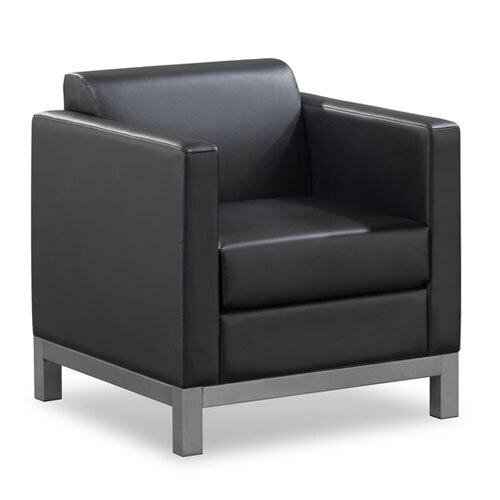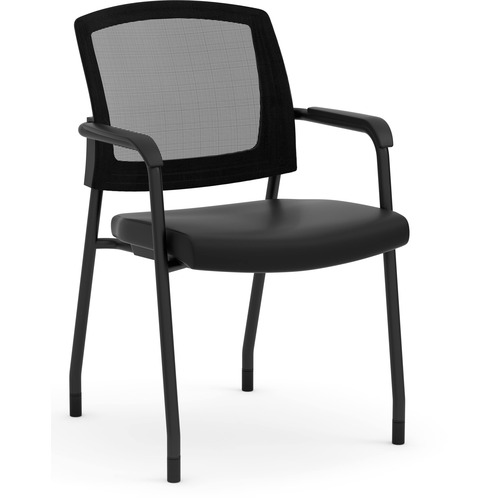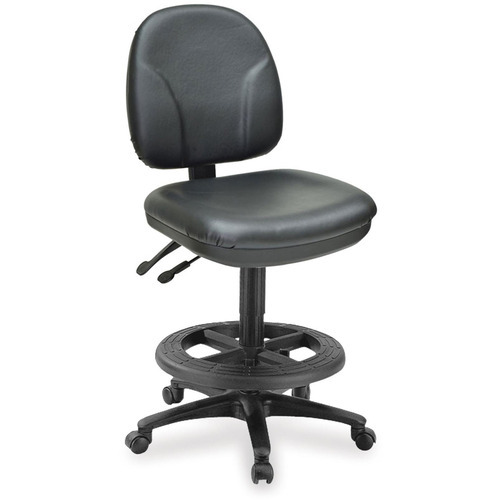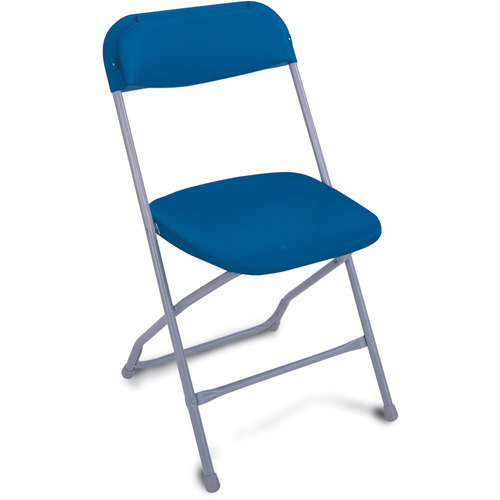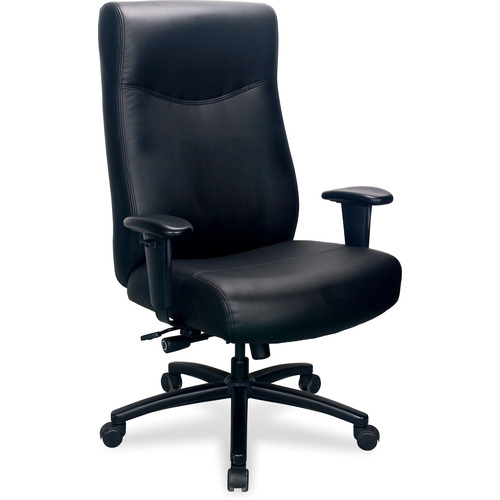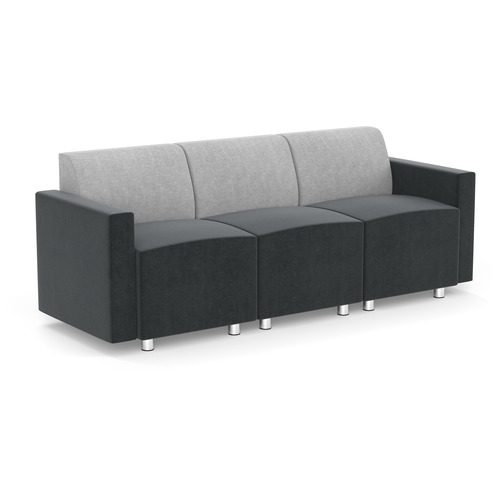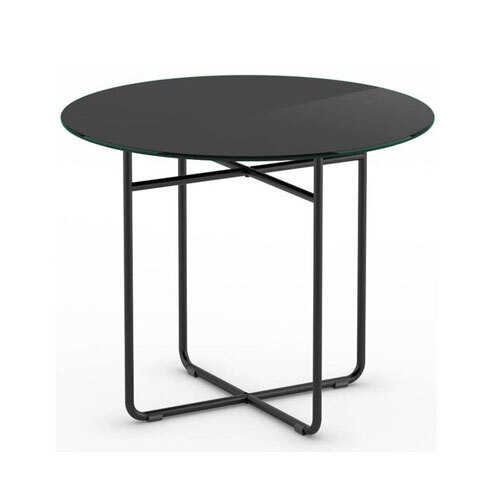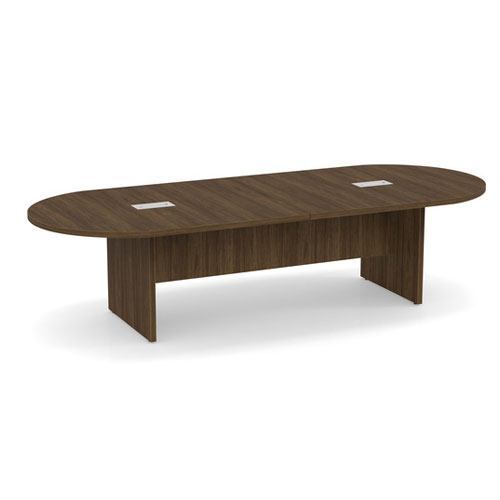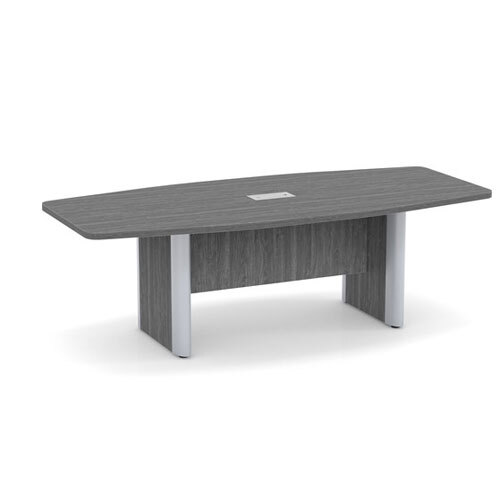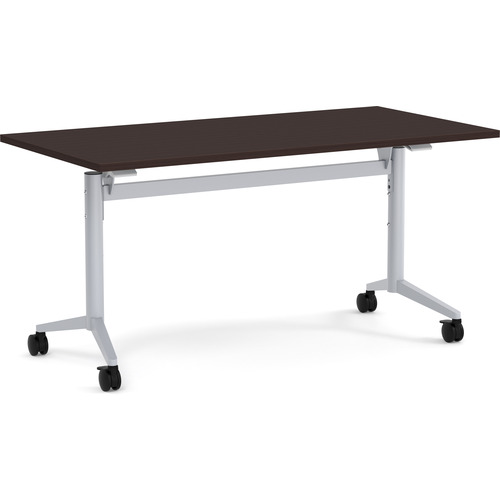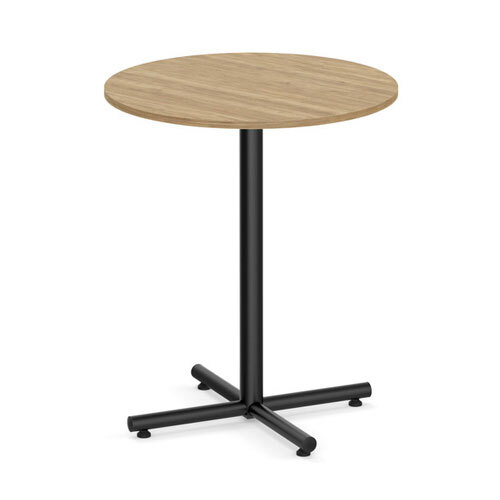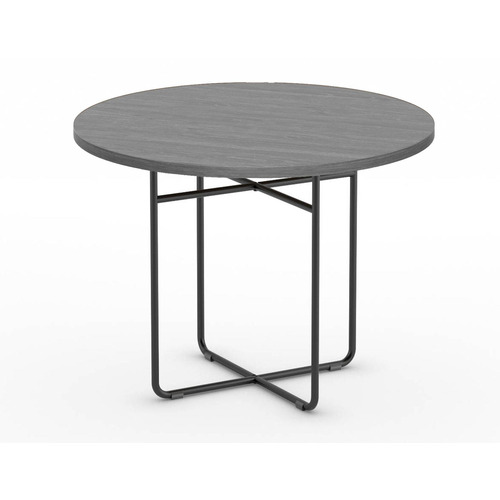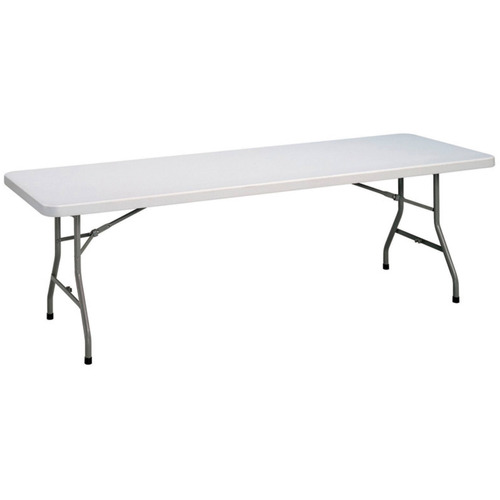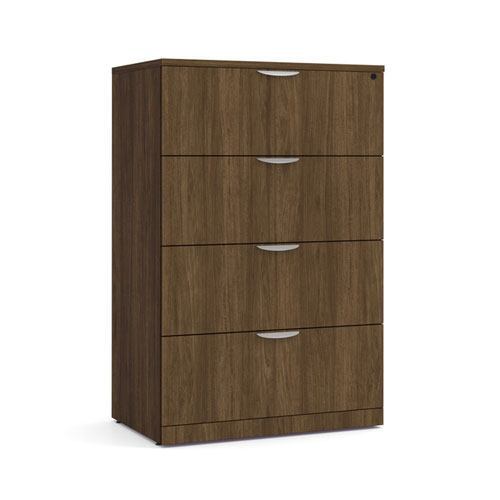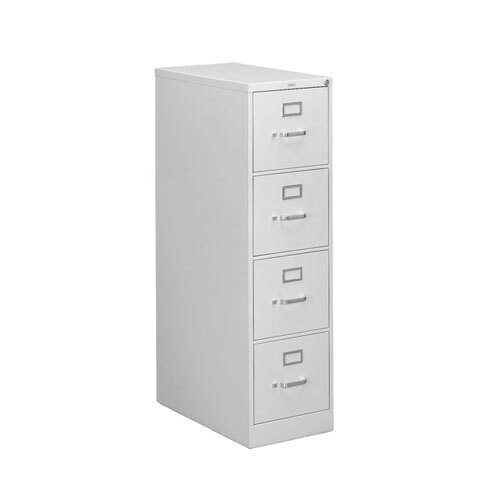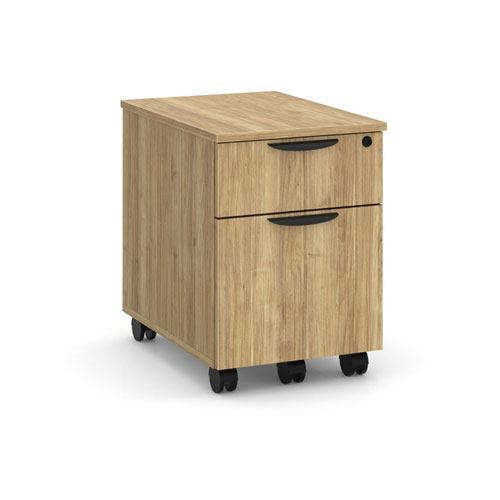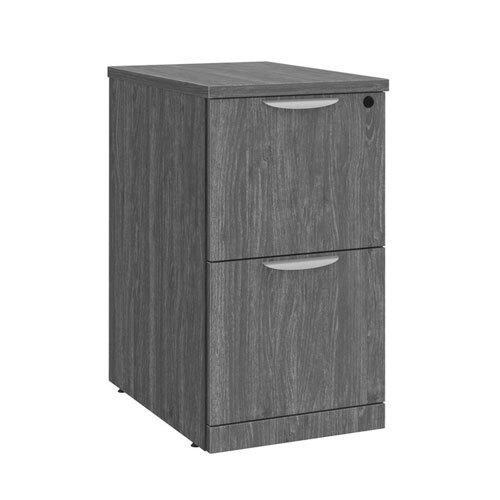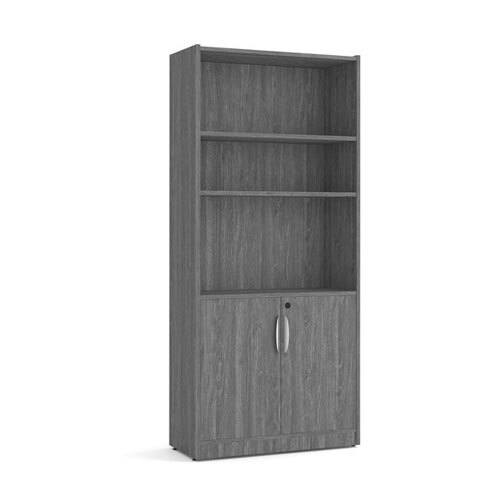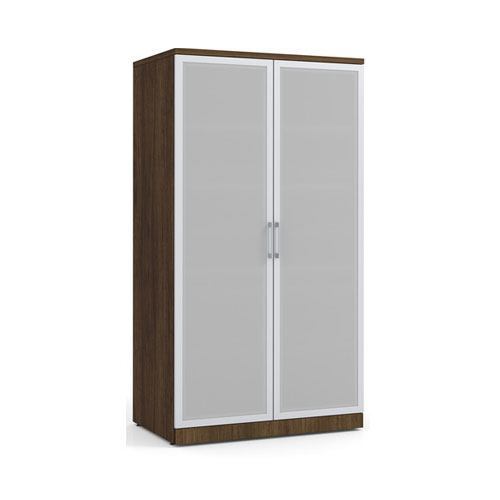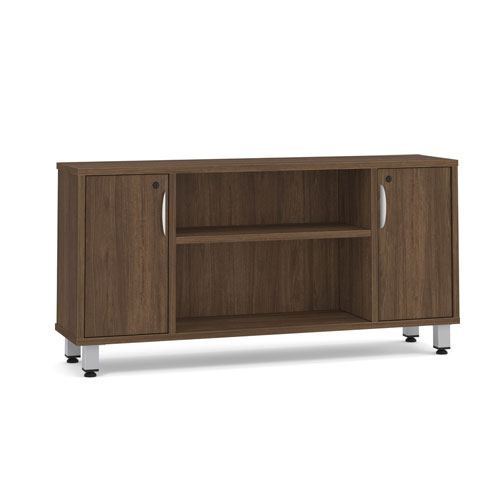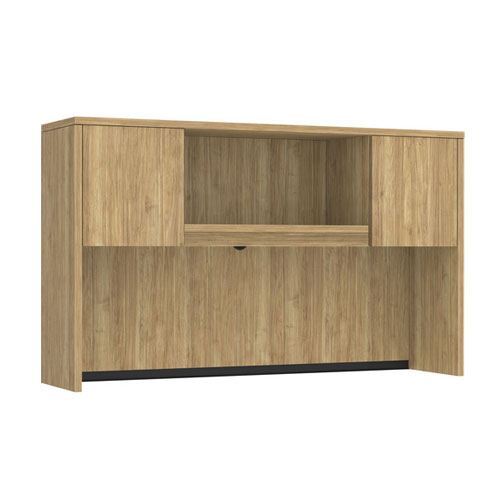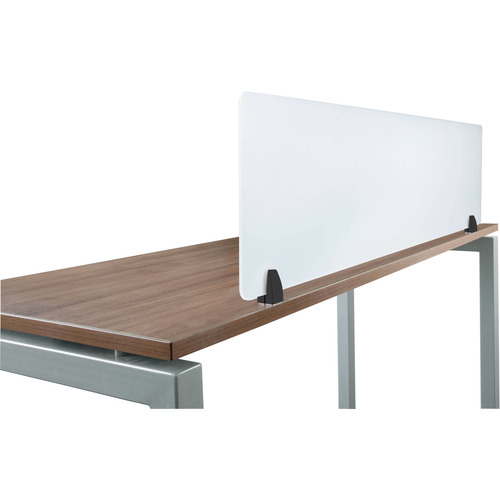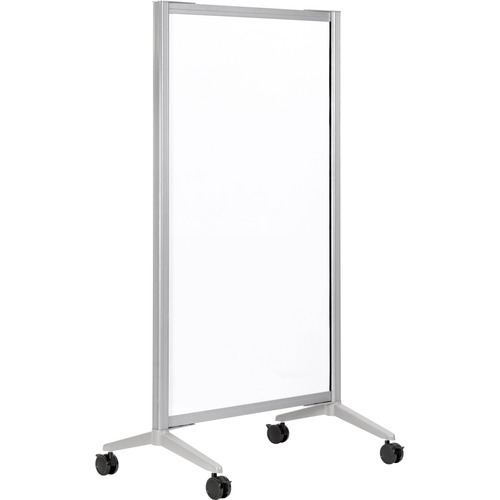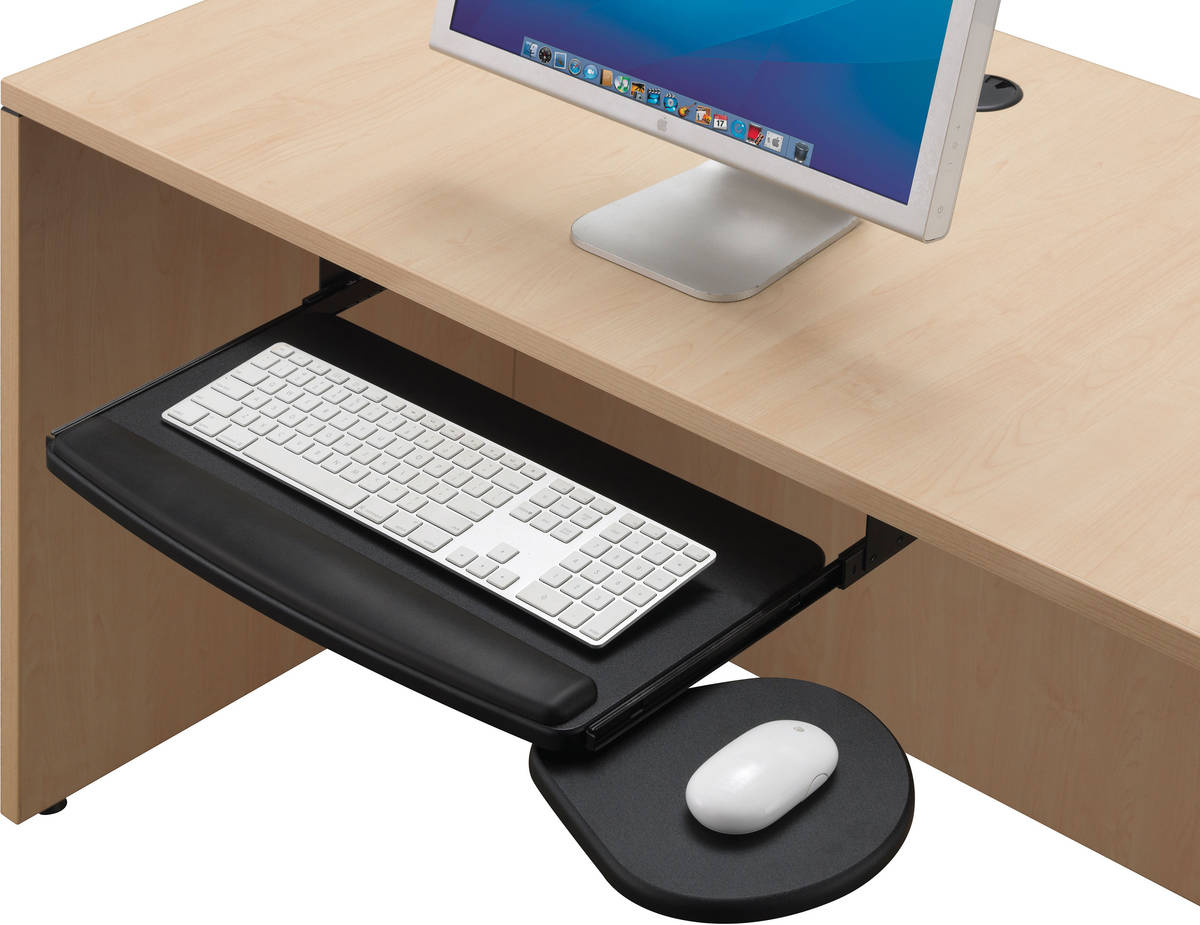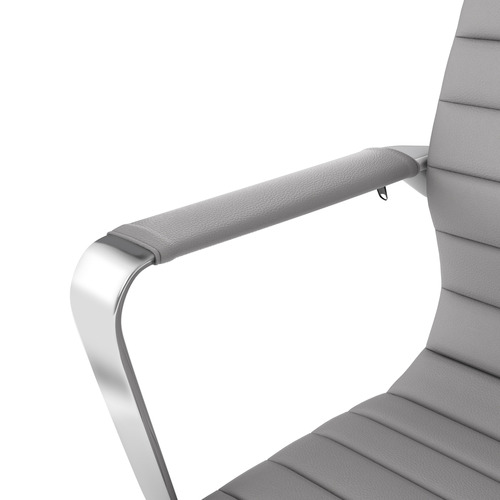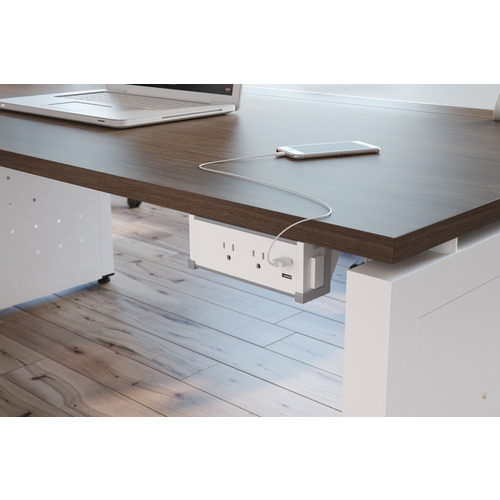Filing Cabinets
Office Filing Cabinets
Although records can be digitized, paper copies of important documentation often still need to be kept on hand. Given the immense volume of paperwork that could pile up, storing documents in a secure and organized manner is vital to the efficient operation of any office.
Filing cabinets make it easy to keep track of paperwork. With multiple sizes and configurations, filing cabinets allow easy categorization of your records, allowing you to quickly access the right file with ease.
Source filing cabinets offer durability and reliability with a range of stylish options. Choose from wood or metal filing cabinets and vertical or lateral orientations, all with locking options to keep your files secure. Whether you need a small pedestal filing cabinet to tuck under your desk or a large metal lateral filing cabinet to hold large volumes of records, we have filing solutions to fit every office environment and application.
What is an Office Filing Cabinet?
A filing cabinet is a piece of furniture used to store documents in an organized manner. Invented in the 1890s, the filing cabinet helped office workers create some semblance of order with their paperwork and decluttered their desks. Prior to filing cabinets, paperwork tended to be haphazardly arranged in piles or shoved into cubbyholes inset into walls. The filing cabinet allowed people to sort their records in an organized manner and keep everything in a tidy and compact location, making it an essential part of any working office.
While the purpose of filing cabinets hasn’t changed since its invention, the options and features have improved. Today’s filing cabinets often come with locks, casters for mobility, rails for hanging folders, and organizational trays to store smaller items such as office supplies.
Purpose of a Filing Cabinet
Filing cabinets have multiple purposes. The first is to simply clear the desk of clutter, allowing documents to be stored in a separate location where they would not be lost, stuck to other pieces of paper, or subject to those spills we’re all susceptible to before we’ve had our second cup of coffee.
The paperwork stored in filing cabinets can be organized for easy retrieval. With tabs and folder systems that can separate files into categories or alphanumerically, filing cabinets allow multiple ways of recording-keeping that makes sense for the organization using them.
The most important role of a filing cabinet is that of confidentiality. Unlike bookshelves or simple storage cabinets, filing cabinets usually come with locks – making them ideal to store high-value documents such as financial records, wills, personnel files, and other confidential information.
Different Types of Filing Cabinets
There are different types of filing cabinets. The most common variations are vertical, lateral, and mobile.
Filing cabinets also come in different types of material, whether it’s wood, metal, veneer, or laminates. Some come as part of larger units such as a combination bookshelf and filing cabinet, or a multi-sized storage cabinet.
Vertical
Most vertical filing cabinets are sized to accommodate letter-size papers, although some also accommodate legal-size papers. Documents are usually filed front-to-back in a vertical filing cabinet. Because of their size and configuration, these cabinets are great when space is limited, or if you don’t have a large amount of paperwork to store.
Lateral
Lateral filing cabinets can accommodate both letter or legal-size papers, and the documents can be filed from side to side or front to back. These cabinets work best to store large volumes of paperwork, and it’s not uncommon to see a room with several lateral filing cabinets sitting along the wall so documents can be easily accessed together rather than being split across several smaller vertical filing cabinets.
Pedestals
Pedestal filing cabinets are small enough to fit under a desk or workstation and are perfect for storing personal items and documents. They usually have a shorter top drawer for office supplies and smaller items, and a larger bottom drawer to store files. Pedestals can be standalone, on casters to move around, or attached to the underside of the workstation.
What’s the Difference between Filing Cabinets and Storage Cabinets?
Although they can look similar, filing cabinets and storage cabinets serve different purposes. Filing cabinets allow people to store their documents in a secure and organized way. With the capability to accommodate hanging folders that can further categorize folders and records, filing cabinets give workers the ability to quickly access large volumes of paperwork.
Storage cabinets can also secure items behind closed doors, but they usually have shelving that can accommodate differently shaped objects such as binders, product samples, and even snacks. Storage cabinets have much more flexibility in terms of what they can store, but without the organizational capacity of filing cabinets.
What to Consider When Buying a Filing Cabinet
Filing cabinets are so ubiquitous in an office environment it’s easy to take them for granted. But when setting up or expanding an office, file storage should be one of the key considerations.
Here are some factors to consider when purchasing a filing cabinet:
Size
Sometimes the size of your filing cabinet is limited by how much space you have to house it. In that case, be sure to measure the width, height, and depth of the space to ensure that you find a filing cabinet that fits in it.
If your storage solution isn’t confined to a particular place, however, you have some more flexibility in the size of your filing cabinet. In that case, you might want to consider:
- The size of documents you need to store - Do you deal mostly with letter-sized paper, which is 8.5 inches by 11 inches? Or do you also have to accommodate legal-sized paper, which is 8.5 inches by 14 inches? A vertical filing cabinet that accommodates legal-sized paper will be wider than one that only needs to store letter-sized paper, whereas a lateral filing cabinet that accommodates legal-sized paper will be deeper than one that only needs to store letter-sized paper. When measuring your space, keep the required dimensions in mind.
- The amount of storage space you need - If most of your records are digitized and stored online, you may be able to get away with a smaller vertical filing cabinet to hold only the occasional paper records. However, if you deal with a lot of paperwork that you have to keep on hand, you’ll need a larger filing cabinet to store everything. You may even need multiple filing cabinets to keep all your paper records. In general, lateral filing cabinets store a higher volume of documents than vertical ones.
- How many drawers you need - This is related to the amount of storage space you need. Sometimes it’s easier to purchase a filing cabinet with a few more drawers than purchasing more than one cabinet to hold your paperwork, especially if space is limited in your office. Purchasing a taller filing cabinet with more drawers would require less floor space than having multiple shorter filing cabinets. Just keep in mind that the more drawers and the taller your filing cabinet, the greater the need for an anti-tipping mechanism
- Whether your documentation will stay the same in volume or change - Our filing cabinets are of great quality and will last a long time, so there is no need to constantly replace them. If you know you are going to be filing much more paperwork in the near future, it’s better to purchase a filing cabinet that’s slightly bigger than what you need at the moment than have to purchase a whole new cabinet in the future. On the other hand, if your paperwork cycles through annually and stays more or less the same, you could get away with purchasing a size that is suitable for your current needs.
Type
Choose a style that will work best for your needs and work processes. Three major types of filing cabinets are:
- VerticalThese filing cabinets are taller than they are wide, and can accommodate one row of folders, organized from the front to the back of the cabinet. Most vertical filing cabinets are built for letter-sized paper, although some also accommodate legal-sized paper as well. They can come with multiple drawers, allowing storage and categorization of many records.
- LateralThese filing cabinets are often wider than they are deep and can hold folders that run from side to side of the cabinet, or front to back in two or more rows. Lateral filing cabinets can accommodate both letter and legal-sized paper and can come with multiple drawers, allowing storage and categorization of many records.
- PedestalThese filing cabinets can be stationary where they are stored or even attached under a desk, or on casters so they can be moved around. They usually have a shorter top drawer for office supplies and smaller items, and a larger bottom drawer to store files.
Security
If you deal with confidential information, you’ll need filing cabinets with locking mechanisms to keep your documents safe and secure. Even if your records don’t hold sensitive information, we recommend ensuring your filing cabinets have locks.
Locks will prevent theft of valuable documents. Enterprising thieves could sell documents that hold information about a company or its clients. Even if the documents themselves are not valuable, they could be inconvenient and time-consuming to replace if they were to be taken.
Locks also control access to sensitive documents so only authorized employees can interact with the information. For companies who have personal client information, this is essential to ensure confidentiality of that information.
A locking file cabinet can also keep personal items safe, especially anything valuable or likely to make the owner vulnerable to identity theft. Employees with workstations in high-traffic areas should keep their personal belongings under lock.
Safety
Filing cabinets can be tipping hazards that cause injury due to both the sturdy construction of the products, and the large volumes of paper they store. If this is a concern to you, look for cabinets with counterweights and interlock mechanisms that only allow one drawer to be opened at a time. You can also opt for filing cabinets with fewer drawers, so they aren’t as tall and therefore top-heavy.
Our filing cabinets are of great quality and will last a long time, so there is no need to constantly replace them. If you know you are going to be filing much more paperwork in the near future, it’s better to purchase a filing cabinet that’s slightly bigger than what you need at the moment than have to purchase a whole new cabinet in the future. On the other hand, if your paperwork cycles through annually and stays more or less the same, you could get away with purchasing a size that is suitable for your current needs.
Material
Unlike desks and workstations, which are usually the focal point of an office or room, filing cabinets tend to be discreetly tucked away against a wall or a corner. That’s not to say they can’t contribute to the overall look of the room, however.
- Metal Filing CabinetsThese cabinets are usually made of steel and are extremely durable. They’re usually used for documents that need to be accessed often, as they are more resistant to wear and tear, or in high-traffic areas where they might be bumped or banged into. Although they’re not considered traditionally attractive, metal filing cabinets can come in a variety of colours that can match your office décor. However, due to the material, metal filing cabinets show their age more easily and are prone to dents. This material is more appropriate if function is more important than look.
- Laminate Filing CabinetsThese cabinets come in a variety of colours and grains to match the tone and look of any office, and provide a warmer look to an office. In a space where the other office furniture, such as the desk, is made of wood or laminate, a laminate filing cabinet would fit right in. When made of high-quality laminate, these filing cabinets can be just as strong and durable as metal filing cabinets, without being as vulnerable to dents.
How to Customize Your Filing Cabinets
If you are more creative or have a specific vision for the look of your office, there are multiple ways to customize the look of your filing cabinet.
Here are few DIY ideas to customize the look of your cabinet:
- Swap the handles with those found in specialty stores for a unique look
- Apply chalkboard paint to one of the sides for a chance for your colleagues to indulge their creative side
- Cover it with wallpaper
- Spruce it up with appliques
- Paint over it, or apply stencils
Filing cabinets don’t have to look drab. With some imagination, they can become a conversation piece in the office!





